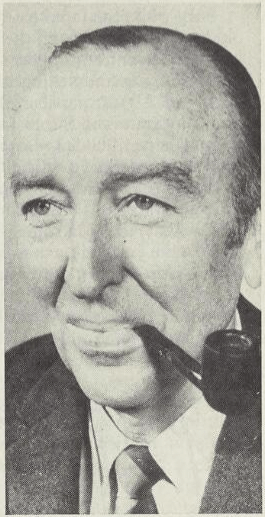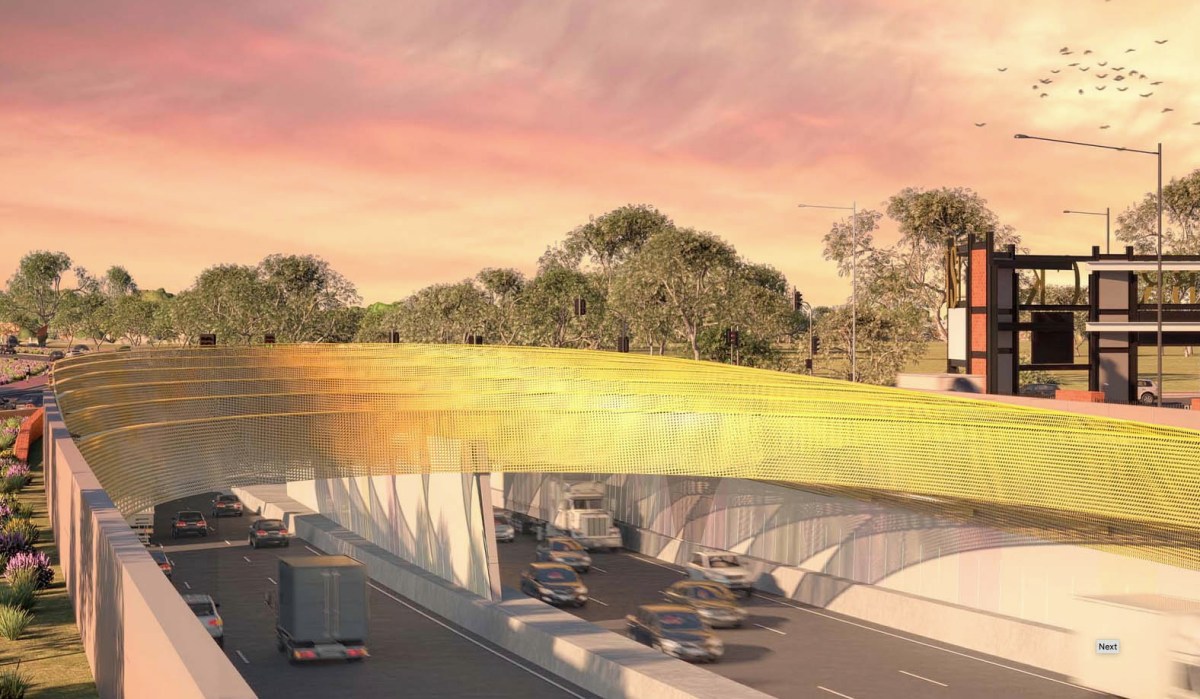Setting fire to the government’s South Road numbers
Taking a burning lesson from the past, Matthew Abraham goes hunting for the truth behind the spin on South Australia’s most expensive infrastructure project.


Photo: Eugene Shelestov/pexels.com
Setting foot for the first time on the linoleum-rich third floor of the old Advertiser building on Waymouth Street in the ’70s was like stumbling onto a black-and-white movie set.
This was the newspaper’s editorial floor and I was starting work on the bottom rung, reporting for duty as a cadet journalist, shoes shined, cut lunch in a brown paper bag, at precisely 9.30 a.m. on January 10, 1972.
It was exactly as I’d imagined a fictional newsroom to look, sound and smell like in real life – olive green manual typewriters, copy paper, ink, Clag glue, cigarette smoke and larger-than-life journalists.
The male-dominated Tiser boasted a generation of truly tremendous journalists – Des Colquhoun, John Scales, Don Riddell, Alec Mathieson, Bob Jervis, Merv Agars, Stewart Cockburn, Max Fatchen and Shirley Stott Despoja OAM, to name but a few – and was home to some great characters.
Police reporter Bob Whitington, who would stroll the newsroom with a mug of tea with half a dozen used tea bags dangling from its lip, commanded the newspaper’s first radio car.
I once asked him if journalists should keep their old notebooks.
“Abraham, wait until you get the lawyer’s letter, then decide,” he intoned.
Much later on, when the lawyers’ letters started arriving, this proved to be invaluable advice.
And then there was Polk.
Ray Polkinghorne wrote the Today column – a thin, single-column strip on page one. Prime newspaper territory and without doubt the most read section of the newspaper.
Polk’s desk was in the far-right corner of the newsroom, overlooking Waymouth Street. He’d scrape pigeon poop off the window ledge for his veggie patch at home and tap ashes from his pipe into his wastepaper bin. It frequently caught fire. Polk carried on typing as the flames licked at the Remington’s keys.
Where is all this leading?

Ray Polkinghorne with his trademark pipe. Photo: The Bulletin/Trove
The Today column was a collection of small snippets Polk would scrounge from readers, colleagues and his network of friends in the business world, with a special place for cruise ship operators. Occasionally, he’d make a mistake.
Rather than simply correct the mistake in the next day’s paper, Polk mastered the art of turning it into a fresh item for the next day, smoothly correcting the record while bringing a new twist to the yarn.
I still call it “doing a Polk”.
You see the modern take on this in government media releases, where the real story is buried under the weight of superlatives, although they never pull it off with the same flair as Polkinghorne.
What traffic studies were done to produce the T2D nine minutes?
Last week’s InDaily column – on how to fix the Malinauskas Government’s eye-watering debt problem in five easy steps – contained a couple of, ahem, cough, (tiny voice) mistakes, promptly corrected.
The combined bill for the government’s 17 media advisers is not $13.4 million. While they’re on six-figure packages, the total also includes ministerial “advisers”.
And the proposed $15.4 billion, twin-tunnel Torrens to Darlington, or T2D, upgrade of South Road won’t reduce the journey by just nine minutes, as I initially wrote, but instead it will allegedly take nine minutes to travel the 10.5-kilometre stretch, if it’s ever completed.
When the original version was published last Friday, Evan Knapp took to X, or Twitter, to take umbrage, unkindly suggesting he’d spotted “so many errors” in the column.
“Government media advisers are not paid $800k each p.a.” he fumed.
“T2D reduces the time between the torrens (sic) and Darlington TO nine minutes, not BY 9 minutes. Actual saving is 30 to 40 minutes.”
Fair cop on the media adviser pay cheques, although after my two-year stint as a spin doctor for the Catholic Archbishop, I admit you can’t pay them enough for dealing with annoying hacks like me.
But the promised, miracle “nine-minute” $15.4 billion trip from the Brickworks to the Golden Mile has always struck a jarring note.
It’s trotted out in every single government media release about the Road That Will Eat Adelaide.
It’s glibly regurgitated in just about every news story about the road.
Evan Knapp describes himself on X as a “transport policy nerd” and ex-CEO of the SA Freight Council. On LinkedIn, he describes himself as senior adviser, infrastructure, to Transport and Infrastructure Minister Tom Koutsantonis. That explains a few things.

Paved in gold? An artist’s impression of the northern portal to the Torrens to Darlington upgrade of South Road. Image: State Government
The heavy transport industry absolutely loves the T2D project because it’ll fill the entire 10.5km stretch, indeed the entire allegedly “non-stop” motorway from Gawler to Old Noarlunga, with big trucks.
That’s why half the funding for the project is coming from the Federal Government. The feds don’t like shelling out for commuter roads, but they open the chequebook for freight movement.
It seems wildly optimistic to accept that a stretch of road that will act as a magnet for B-doubles, including sucking them in from the South-Eastern Freeway down Cross Road in big volumes, will be a nine-minute road. Even if it starts out that way, it won’t stay like it for very long.
If you want to check out this theory, try taking a spin on one of Adelaide’s existing “non-stop” motorways, the Port River Expressway. It’s like something out of Mad Max.
Taking Port Road on the journey to Outer Harbor is safer, more pleasant and just as quick.
What traffic studies were done to produce the T2D nine minutes?
Did they factor in the flood of commuter cars from the new suburbs mushrooming to the north and south of Adelaide, not to mention the Mount Barker boom town?
Or have they simply done a back-of-the-envelope calculation, dividing distance by speed, and multiplying by 60, to conjure up the nine minutes?
A brief “business case” published last year by the federal government’s Infrastructure Australia, when the project cost was a mere $9.9 billion, blithely says the road is expected to provide a “9 minute reliable journey … saving up to 20 minutes in the evening peak”.
After a fruitless search online, I asked Upper House SA Best MP Frank Pangallo, who campaigned to preserve heritage buildings around Hindmarsh from the project’s bulldozers, whether he had access to any traffic studies.
His office got no joy from the Department of Infrastructure and Transport, so Frank says they’ve now lodged a Freedom of Information request.
Transport Minister Tom Koutsantonis is accessible and helpful, so I asked his media adviser whether they had a traffic study or any other data to support the nine-minute theory.
They emailed a three-page document stating that Infrastructure Australia’s 2019 National Audit identified South Road as Adelaide’s worst-performing road. Pull the other one.
Data “collated from DIT working documents” shows some vehicles are taking nearly 50 minutes for the northbound journey in the AM peak, and more than 45 minutes for the southbound journey in the afternoon.
The motorway will bypass 21 sets of traffic lights and have a “posted speed limit of 80 km/h”.
“With a travel time of 8-9 minutes along the completed T2D motorway that represents a travel time saving of up to 30-40 minutes during peak hour,” the department says.
“Assuming a vehicle travels at approximately 90 per cent of the posted speed limit for the length of the motorway (just over 70km/h), the 10.5km journey will take around 9 minutes.”
And there you have it. A $15.4 billion guess using the sort of calculation you might find in a Year 7 NAPLAN test.
Note also how the posted speed limit on this non-stop motorway will be only 80km/h, in common with so many of Adelaide’s so-called fast roads. And even the department reckons you’d be lucky to average 70km/h.
Let Adelaide’s hoard of hoon drivers, usually unlicenced, unregistered, on bail and driving a stolen BMW, have a crack at the T2D racetrack. They’d nail it in five minutes, easy.
Now, you must excuse me, it seems my wastepaper bin is on fire.




